The mausoleum, a kind of tomb, specifically refers to a type of structure for burying emperors, with the top of the tomb smeared with mud. The original meaning of "mausoleum" was a high and big mountain. The graves of the monarch in ancient times were particularly high and large, and called either a "mausoleum" or "imperial tomb".
History of Chinese Mausoleum
Chinese Imperial Mausoleums, Such tombs began appearing in an embryonic state during the Yin and Shang dynasties (between the 21st and 11th centuries BC), before fully emerging during the Warring States Period (475-221BC). From then on, through the Qin, Han, Tang, Song and on to the Ming and Qing dynasties, great attention was always paid to them. Born in the prehistoric period and worshipped by primitive ancestors, they achieved refinement through the Confucians and continued for more than 2,000 years.
Tombs of the Warring States Period (475-221BC) can be represented by the Zhongshan Imperial Mausoleum unearthed in Pingshan, Hebei Province. It belongs to the middle period of the Warring States era. Although it is an incomplete tomb, from the piece of copper plate unearthed from the tomb carved with the layout of the mausoleum, we still can see the original planning intention.
The Tang Dynasty (618-907) witnessed the second climax in the construction of mausoleums in China, following the Qin and Han dynasties (221BC-220AD). Great achievements were made in the combination of natural environment during the Tang Dynasty, and the vast scene was given strong memorial character. There was a distinguishing feature in the Tang Dynasty mausoleum, in that the entire mausoleum district was modeled on the capital city.
The Ming Dynasty tombs are located in two places; one is at the southern foot of Zhongshan Mountain in Nanjing, called Ming Xiao Mausoleum of Zhu Yuanzhang, the other is at the foot of Tianshou Mountain in north Changping, Beijing, where 13 emperors after Zhu Di are buried, and called the Ming Tombs. Under the Ming tomb system, grave mounds are changed into round earth mounds, called "Bao Ding" or tee. On both sides of the Sacred Way leading to the Ming Tombs are many stone carvings, called Shixiangsheng.
After the Manchu people entered Shanhaiguan Pass, there were two groups of tombs in Hebei's Zunhua and Yixian counties, because they were located separately in the east and west of Beijing, hence the name of East Mausoleum and West Mausoleum. Whether in terms of the site selection principle or concrete layout, they are similar to, but developed somewhat differently from and more gorgeous than, the Ming Tombs.
Structure of Chinese Mausoleum
The Confucians placed special emphasis on filial piety in providing a stable foundation for maintaining the patriarchal social order with blood lineage as the bond. They argued that, filial piety applied not only during the lifetime of the family elders but also after their death. The dead were treated exactly the same as the living, through sacrifices, worship and reporting everything that happened. Such activities were directed to the ancestors' memorial tablets. After their death, the tomb is their residence in another world, called "Yin (negative) residence" to which full, and even more attention, should be paid than when the person occupied the "Yang (positive) residence". This was even more true in the case of imperial mausoleums.
In terms of structures, mausoleums are the most important along with "temples" for worshipping ancestors and sages. The whole group of structures is magnificent, even and symmetrical. The introverted layout of a courtyard type is mostly used for a complex of Chinese buildings. There are, however, also structures with a strong extroverted character.
The mausoleum has the extroverted character very evident. The earth-covered platform raises the height of the complex of buildings, so that the imperial mausoleum can be seen from afar, this being suited to the environment of open field, and giving it a strong memorial character. This represents a fine artistic design that combines structure with environment.
Types of Chinese Mausoleum
Chinese mausoleum is a comprehensive art combined of architecture, sculpture, painting, and natural scenery. Throughout the history, the layout of mausoleums falls into three types:
1. Built along high mountains and large rivers, tall trees and huge rocks, to give prominence to the loftiness and dignity of the imperial authority, as well as a strong memorial character. This type is represented by the Qinshihuang Mausoleum in Lintong, Shaanxi.
2. Built with a Sacred Way as an axes. Take the Tang Qianling Mausoleum for example, built at the foot of the mountains, it has a long Sacred Way on the axes with various stone carvings on both sides, such as stone archway, Shixiangsheng, and stone inscriptions, etc.
3. The method of group layout of the Ming and Qing tombs.
Chinese Mausoleum Attractions
There are many mausoleums in the six ancient capitals of China, and visiting the mausoleums is also one of the main programs for tourists to travel in China. The mausoleums that have been opened to tourists as tourist attractions are as follows:

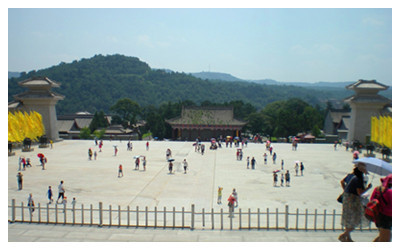
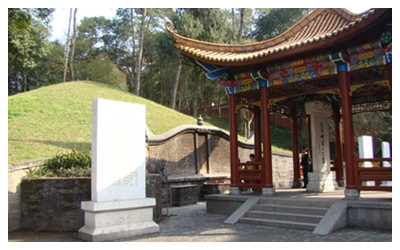
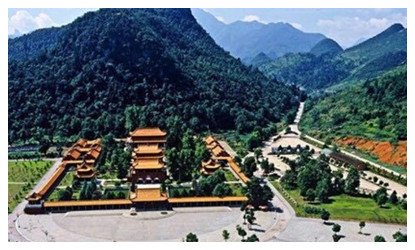
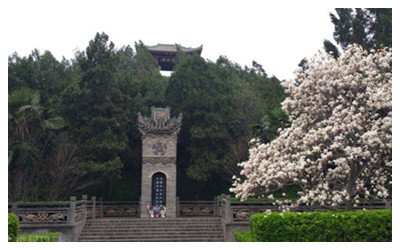
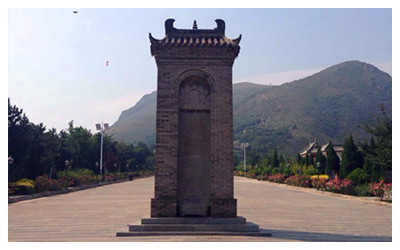
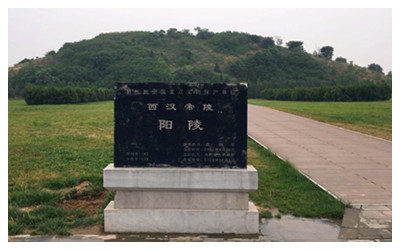
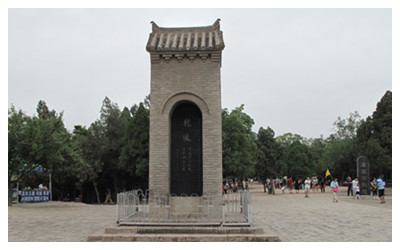
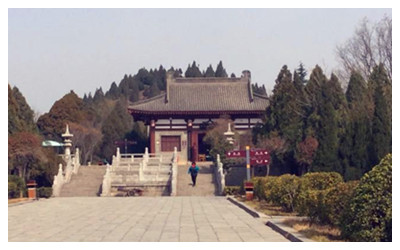
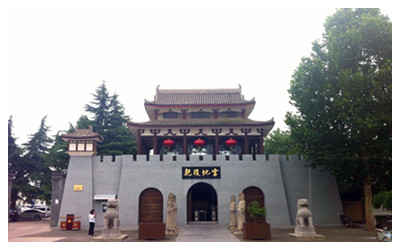
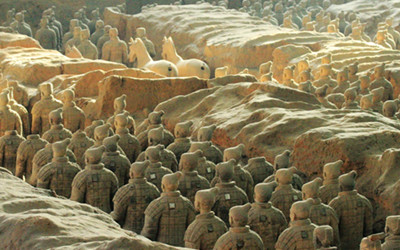
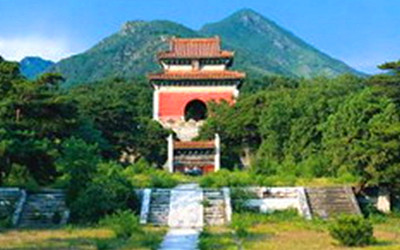
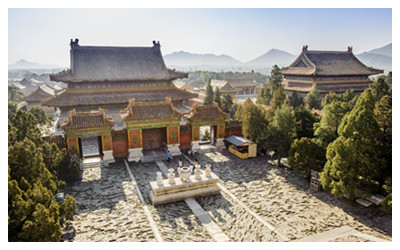
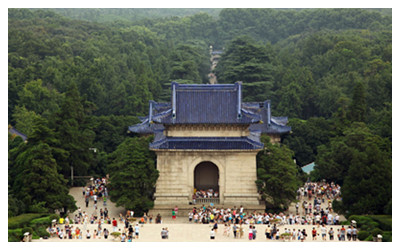
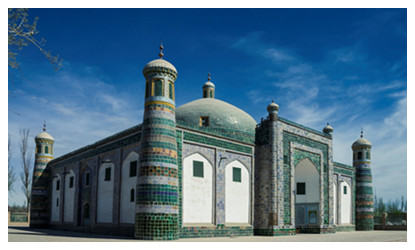
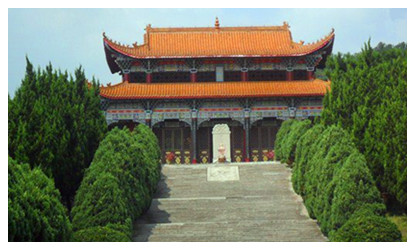
 Ask Questions ?
Ask Questions ?